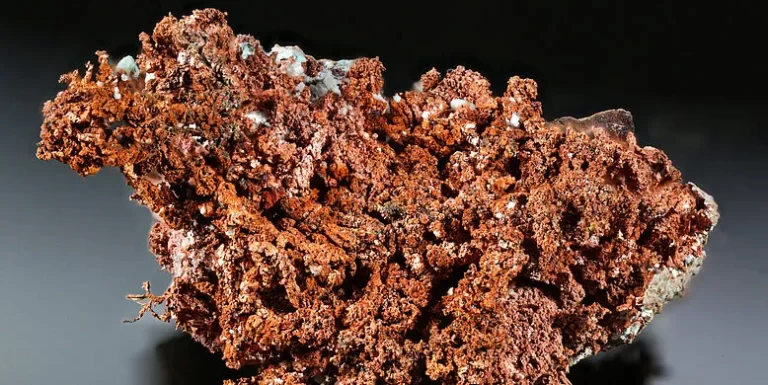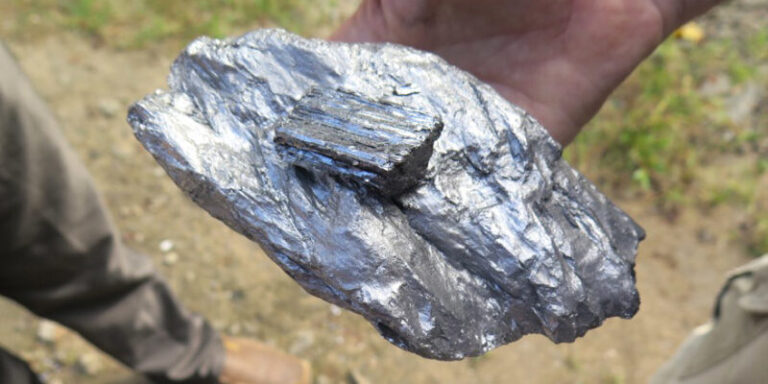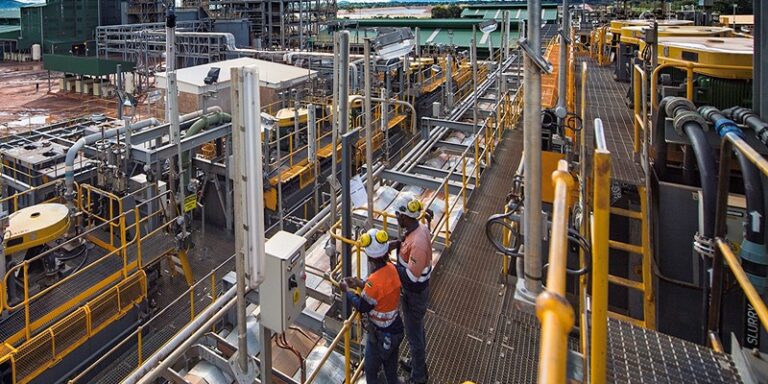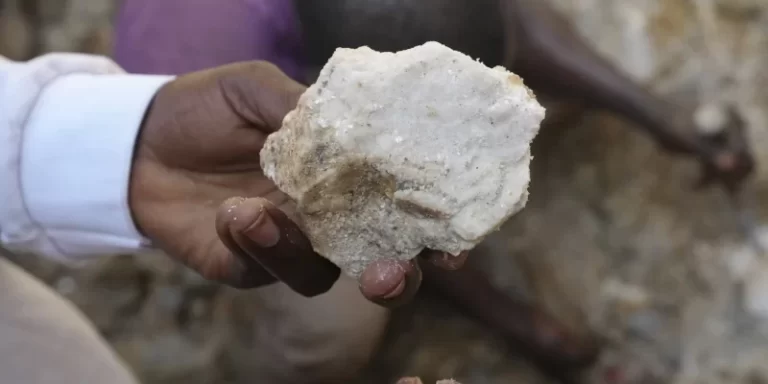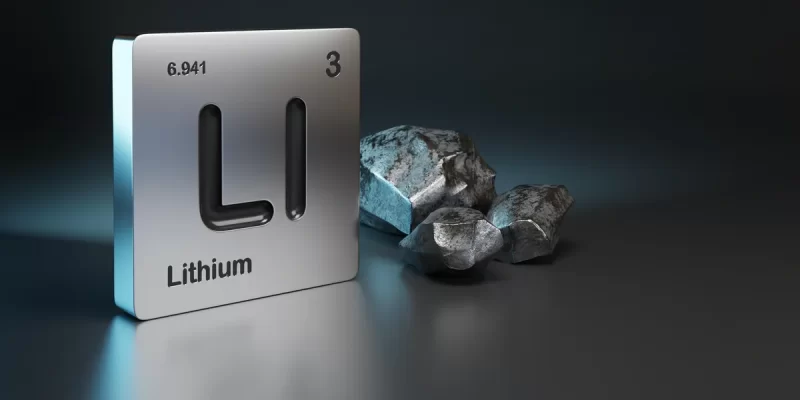
Lithium is a key component of batteries for electric vehicles, smartphones and other devices. The demand for lithium is expected to grow significantly in the coming years, as the world shifts to cleaner and more efficient energy sources.
Africa has a large potential for lithium production, especially in Zimbabwe, which has some of the richest deposits of the metal in the world. In this article, we will explore five lithium projects in Zimbabwe that are worth paying attention to.
The first project is Bikita, which is the only active lithium mine in Africa. Bikita has been producing lithium since 1911 and has a resource of 23.3 million tonnes at 1.4% lithium oxide.
The mine is owned by Bikita Minerals, a subsidiary of ZMDC, the state-owned mining company. Bikita Minerals plans to expand its production capacity and upgrade its processing plant to produce higher-value products such as lithium carbonate and hydroxide.
The second project is Arcadia, which is being developed by Prospect Resources, an Australian company. Arcadia is located near Harare and has a resource of 43.2 million tonnes at 1.2% lithium oxide and 128 parts per million of tantalum.
The project is expected to start production in 2023 and produce 2.4 million tonnes of spodumene concentrate and 216 tonnes of tantalum concentrate per year. Prospect Resources has secured off-take agreements with Chinese and European customers for its products.
The third project is Kamativi, which is a joint venture between Jimbata, a Zimbabwean company, and Beijing Pinchang, a Chinese company.
Kamativi is a historical tin mine that was closed in 1994 due to low prices. The mine has a resource of 26.3 million tonnes at 0.58% lithium oxide and 0.012% tin.
The joint venture plans to reprocess the tailings from the old mine and produce lithium concentrate and tin concentrate. The project is expected to have a low capital cost and a short payback period.
The fourth project is Zulu, which is owned by Premier African Minerals, a London-listed company. Zulu is located near Bulawayo and has a resource of 20.1 million tonnes at 1.06% lithium oxide and 51 parts per million of tantalum.
The project is currently undergoing a definitive feasibility study and aims to produce spodumene concentrate and tantalum concentrate for export markets. Premier African Minerals has also secured an exclusive prospecting order for an area adjacent to Zulu, which could increase its resource base.
The fifth project is Mutare Greenstone Belt, which is owned by PAM Mining, a Zimbabwean company. This year, PAM bought a portfolio of assets in Zimbabwe from Australian-listed Lithium Consolidated Mineral Exploration (Li3) for US$104 000.
The 1500 hectares of licenses are on the Mutare Greenstone Belt, close to the border with Mozambique. PAM is headed by George Roach, a well-known figure in mining. PAM intends to explore the area for lithium-bearing pegmatites and other minerals.
These five projects demonstrate the potential of Zimbabwe as a lithium producer in Africa and beyond. They also offer opportunities for investment, employment and development in the country. As lithium demand grows, Zimbabwe could play a significant role in the global battery supply chain and contribute to the green energy transition. Possible response:
Lithium is a key component of batteries for electric vehicles, smartphones and other devices. The demand for lithium is expected to grow significantly in the coming years, as the world shifts to cleaner and more efficient energy sources.
Africa has a large potential for lithium production, especially in Zimbabwe, which has some of the richest deposits of the metal in the world. In this article, we will explore five lithium projects in Zimbabwe that are worth paying attention to.
The first project is Bikita, which is the only active lithium mine in Africa. Bikita has been producing lithium since 1911 and has a resource of 23.3 million tonnes at 1.4% lithium oxide.
The mine is owned by Bikita Minerals, a subsidiary of ZMDC, the state-owned mining company. Bikita Minerals plans to expand its production capacity and upgrade its processing plant to produce higher-value products such as lithium carbonate and hydroxide.
The second project is Arcadia, which is being developed by Prospect Resources, an Australian company. Arcadia is located near Harare and has a resource of 43.2 million tonnes at 1.2% lithium oxide and 128 parts per million of tantalum.
The project is expected to start production in 2023 and produce 2.4 million tonnes of spodumene concentrate and 216 tonnes of tantalum concentrate per year. Prospect Resources has secured off-take agreements with Chinese and European customers for its products.
The third project is Kamativi, which is a joint venture between Jimbata, a Zimbabwean company, and Beijing Pinchang, a Chinese company.
Kamativi is a historical tin mine that was closed in 1994 due to low prices. The mine has a resource of 26.3 million tonnes at 0.58% lithium oxide and 0.012% tin.
The joint venture plans to reprocess the tailings from the old mine and produce lithium concentrate and tin concentrate. The project is expected to have a low capital cost and a short payback period.
The fourth project is Zulu, which is owned by Premier African Minerals, a London-listed company. Zulu is located near Bulawayo and has a resource of 20.1 million tonnes at 1.06% lithium oxide and 51 parts per million of tantalum.
The project is currently undergoing a definitive feasibility study and aims to produce spodumene concentrate and tantalum concentrate for export markets. Premier African Minerals has also secured an exclusive prospecting order for an area adjacent to Zulu, which could increase its resource base.
The fifth project is Mutare Greenstone Belt, which is owned by PAM Mining, a Zimbabwean company. This year, PAM bought a portfolio of assets in Zimbabwe from Australian-listed Lithium Consolidated Mineral Exploration (Li3) for US$104 000.
The 1500 hectares of licences are on the Mutare Greenstone Belt, close to the border with Mozambique. PAM is headed by George Roach, a well-known figure in mining. PAM intends to explore the area for lithium-bearing pegmatites and other minerals.
These five projects demonstrate the potential of Zimbabwe as a lithium producer in Africa and beyond. They also offer opportunities for investment, employment and development in the country. As lithium demand grows, Zimbabwe could play a significant role in the global battery supply chain and contribute to the green energy transition.


